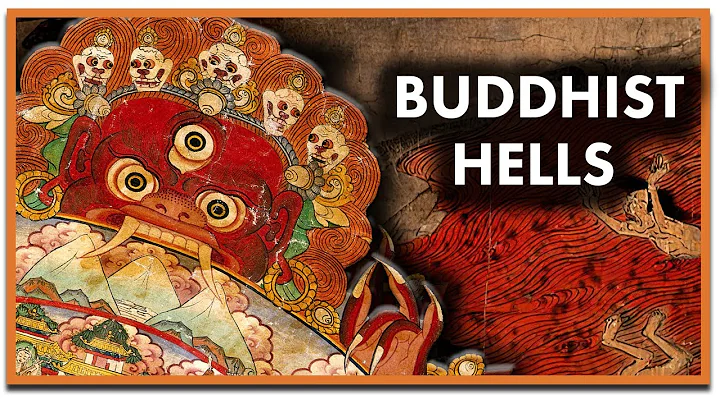4 kilometers north from Lizhou City, Guangyuan, On the cliff on the east bank of the Jialing River , there is a Buddhist cliff with a total length of nearly 400 meters and a height of 45 meters. There are more than 7,000 Buddhist stone carvings. This is Thousand Buddha Cliff - Sichuan The largest group of cliff statue grottoes.
html On June 20, a reporter from Sichuan Guan News visited Qianfo Cliff to explore the treasure house of Buddhist stone carving art on the ancient Shu Road.

The sound of jingling bells echoing for 1,500 years
As soon as we entered the Thousand Buddha Cliff Scenic Area, the tour guide reminded us that under our feet is the Jinniu Ancient Shu Road. Guangyuan is the gateway to Sichuan and has also become the first stop for Buddhism and sculpture art from the north to Sichuan. Ever since the first Buddhist niche was dug in the late Northern Wei Dynasty (AD 386-534), the clanking sound of craftsmen's axes has been ringing in Qianfo Cliff. The road to Shu was difficult and dangerous, so the princes, nobles, officials and merchants traveling between Chang'an and Chengdu built caves and statues here. From the Jialing River out of the throat of the Jinniu Road, it spread divergently to the Qingyi River, Minjiang, Tuojiang, and Fujiang river basins.
The earliest grottoes in Qianfo Cliff were excavated in the late Northern Wei Dynasty, and most of them were excavated in the Tang Dynasty. As the largest grotto group with the largest number of caves in Sichuan, Thousand Buddha Cliff is as densely packed with niches as a honeycomb on the entire cliff face. The densest part has thirteen layers stacked on top of each other. Among them, there are countless Buddha statues sitting, lying or standing. The grottoes were first excavated in the late Northern Wei Dynasty, flourished in the Tang Dynasty, and ended in the Qing Dynasty. The exquisite carving skills took more than 1,500 years to form a Buddhist cliff nearly 400 meters long, 45 meters high, and a treasure trove of Buddhist stone carving art with 952 niches. . In 1961, Thousand Buddha Cliff was announced by the state as one of the first batch of national key cultural relics protection units. In 2012, it was created as a national 4A-level tourist attraction.

Photo by Gao Zhinong
html More than 17,000 stone Buddhas bear witness to the history of grotto art
Among the more than 7,000 stone carvings of Buddha statues in Qianfo Cliff, Dayun Ancient Cave is the largest cave in Qianfo Cliff and is located in the center of the cliff in the entire statue area. The Dayun Ancient Cave is 3.7 meters high, 5.6 meters wide and 9.4 meters deep. The banner above the entrance of the cave has the four characters "Dayun Ancient Cave" inscribed in the 19th year of Daoguang's reign in the Qing Dynasty, so it is commonly known as the Dayun Ancient Cave. There is a large standing Buddha, Amitabha, carved in the center of the cave. The Buddha is 2.38 meters high and stands on an upturned lotus pedestal more than 1 meter high. Four rows of Bodhisattva statues are carved on the left and right walls of the cave room, totaling 136 statues.
Centered on the Dayun Ancient Cave, the key niches in the southern section of Qianfo Cliff include the Big Buddha Cave, Lotus Cave, Muni Pavilion, Thousand Buddha Cave, Sleeping Buddha Niche , Duobao Buddha Cave, Shenlong Big Buddha Niche, etc., and the northern section of the caves There are Bodhi Image Cave, Maitreya Buddha Cave, Lushena Buddhist niche, Amitabha Buddha niche, Qing Dynasty Tibetan Buddha cave, etc.

Photo by Gao Zhinong
The Big Buddha Cave is one of the earliest caves excavated on Qianfo Cliff. It was excavated in the late Northern Wei Dynasty. There are three standing statues of one Buddha and two Bodhisattvas in the Great Buddha Grotto. The main Buddha stands on the main wall of the niche, 4.1 meters high. He wears a robe and a belt-style Buddha costume. There is a Bodhisattva standing on each side of the north and south walls.
Zangfo Cave is the latest cave to be excavated among the Qianfo Cliff Grottoes. It was excavated in the 22nd year of Daoguang. The Buddha statue wears a monk's hat and cassock, with half of its shoulders exposed, but it is still exquisite. In the 19th year of Daoguang's reign, Sichuan Governor Jueluo Baoxing donated his salary to repair and decorate Qianfo Cliff when he passed by it. The painting project lasted for more than two months. The Tibetan Buddha Cave was excavated after the painting project, so what you see now is the original color of the Buddha statue.
The hollow carving on the back of the central altar is a very unique carving technique of the Thousand Buddha Cliff Cave, which is rare in the country. This form is to transplant the layout of the Buddha statues in the temple hall directly into the grotto. The Buddhist altar in the middle is like a pillar, separated from the wall, giving it a stronger three-dimensional effect. The hollow carvings make the other three walls more visible, making the lighting effect of the entire cave better.

"The Brush of the East" Zhang Daqian passed Thousand Buddha Cliff three times
Along the Jinniu Road, officials and merchants who came and went left Buddhist niches here, and literati and poets of all dynasties also left countless poems and calligraphy in praise of Thousand Buddha Cliff. .
In historical records, historical and cultural celebrities such as Li Bai, Du Fu, Lu You, Liang Sicheng and other historical and cultural celebrities have had connections with Thousand Buddha Cliff. Among them, Zhang Daqian, the most famous "pen of the East" in modern history, passed by Thousand Buddha Cliff three times. Cliff undoubtedly had a significant impact on his artistic career.
In 1939, Mr. Zhang Daqian invited Huang Junbi and Zhang Muhan to travel to Jianmen, and visited Huangze Temple and Qianfo Cliff in Guangyuan. In 1940, I planned to go to Dunhuang and traveled to Guangyuan to visit Thousand Buddha Cliff. I suddenly heard that my brother had died of illness in Chongqing and I rushed to Chongqing to attend the funeral. In mid-October 1943, he returned to Shu from Dunhuang and inspected Thousand Buddha Cliff along the way, and took a group photo with his friends in front of Thousand Buddha Cliff.
After the arduous practice in Dunhuang and the understanding of Thousand Buddha Cliff, the most famous Sichuan-born Chinese painting master in modern times had a profound understanding of Chinese Buddhist art, and concluded that " Thousand Buddha Cliff in Guangyuan was before Kaiyuan It has already been excavated" conclusion.

After the "5·12" Wenchuan earthquake in 2008, the 108 National Highway passing in front of Qianfo Cliff was directly changed. The local government invested a lot of money to implement a series of cultural relics protection projects and environmental improvement projects such as disaster management, protection and restoration projects of key niches and caves, and the north entrance incremental project, so that the cultural relics of Qianfo Cliff can have a good environment, and the protection and restoration of the Lotus Cave statues were implemented Project, digital survey project and a series of cultural relics protection projects have gradually formed a national 4A-level tourist attraction with an northern Sichuan garden style covering an area of more than 20 hectares.
In Lizhou District , the exquisite cliff stone carvings resources are not limited to Qianfo Cliff. On the west bank of the Jialing River, there is another famous cliff carving resource - Huangze Temple. From north to south, cliff stone carvings bloom in Lizhou District, and the grotto culture with " Lizhou characteristics" has become a treasure of my country's Buddhist stone carving art.



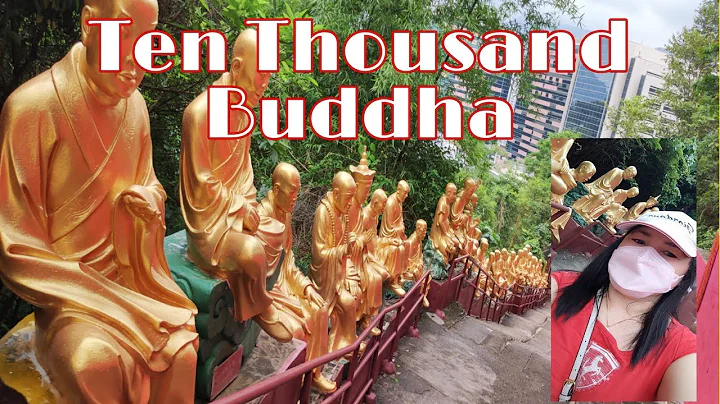
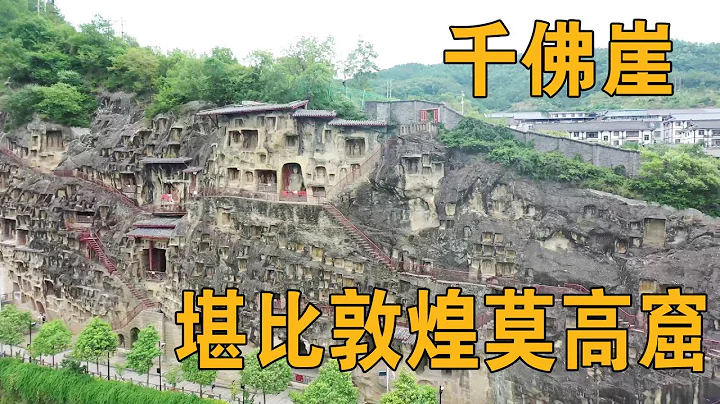
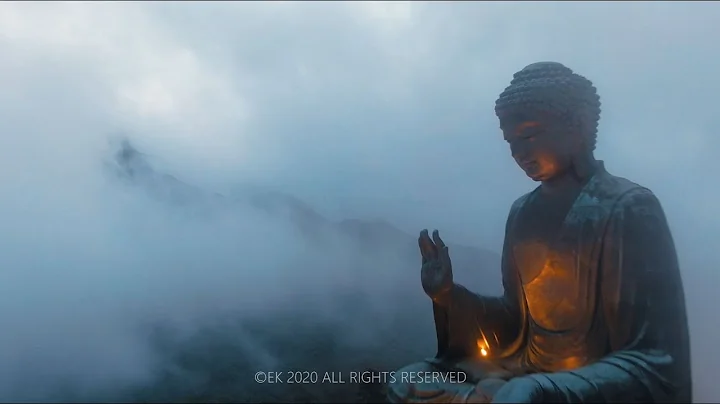

![84,000 Buddha Statues in Puth Kiri Kampuchea [4K 60fps] - DayDayNews](https://i.ytimg.com/vi/QemIEHyWQcM/hq720.jpg?sqp=-oaymwE2CNAFEJQDSFXyq4qpAygIARUAAIhCGAFwAcABBvABAfgB1AaAAuADigIMCAAQARhyIFQoKTAP&rs=AOn4CLC0TDXcv-eKq_SI-x2-ZN8Wmzcqgg)
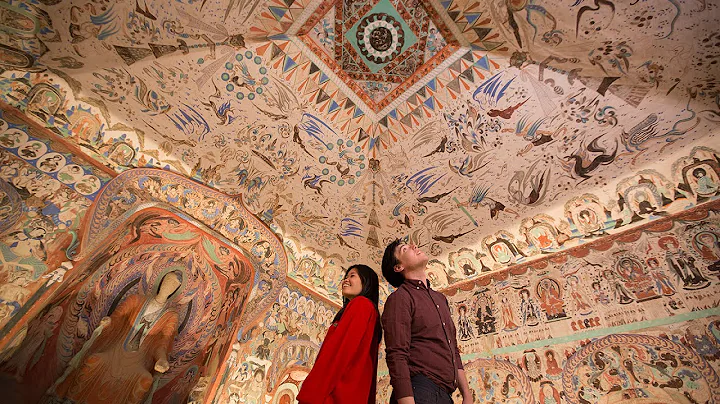
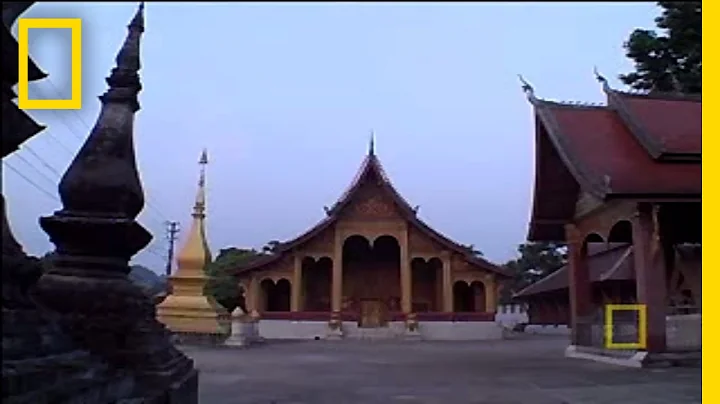







![[English] Who Am I - Lecture 1 - Ven. Guan Cheng - DayDayNews](https://i.ytimg.com/vi/KU0fUs2It5o/hq720.jpg?sqp=-oaymwEcCNAFEJQDSFXyq4qpAw4IARUAAIhCGAFwAcABBg==&rs=AOn4CLDFpQUN_QwRfC7bmP4sUadq-RcYdg)
![A Moving Masterpiece 清明上河图 [English narration] - DayDayNews](https://i.ytimg.com/vi/kxff-4GktOI/hqdefault.jpg?sqp=-oaymwEcCOADEI4CSFXyq4qpAw4IARUAAIhCGAFwAcABBg==&rs=AOn4CLBtHGLeUpJNCYDJYnZTuISQ1N5Vag)

